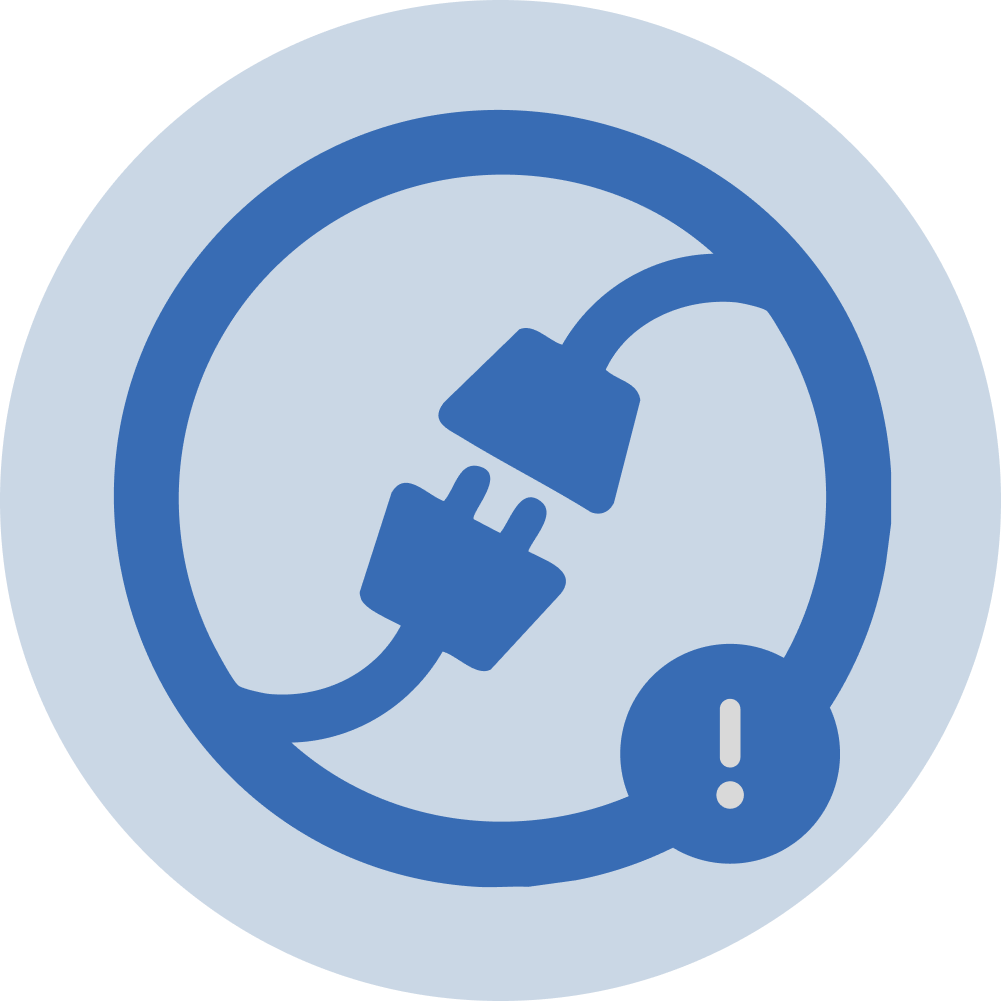

National Risk Index Data Is Now Located in the Resilience Analysis and Planning Tool
National Risk Index data and associated services have transitioned to reside within the Federal Emergency Management Agency's Resilience Analysis and Planning Tool —or RAPT—to provide users with a single-entry point to access key risk assessment information for decision-making.
About the Resilience Analysis and Planning Tool
The Resilience Analysis and Planning Tool is a free, geographic information system webmap that allows users of all skill levels to combine layers of community resilience indicators, infrastructure locations and hazard data. The tool allows users to visualize community resilience challenges so they can make decisions for preparedness, mitigation, response and recovery.
Resources for Users
Supporting documents and additional information can be found below.
- User Guide: Step-by-step instructions on how to use National Risk Index data in the Resilience Analysis and Planning Tool
- FEMA.gov/NRI
- FEMA.gov/RAPT